Alley cropping, a form of agroforestry, offers a unique convergence of agriculture and forestry by integrating tree cultivation with annual crop production. This sustainable land management practice involves planting rows of trees alongside agricultural crops in order to maximize productivity while providing ecological benefits. For instance, consider the case study of a small-scale farm located in a rural area. By implementing an alley cropping system, the farmer was able to enhance soil fertility, improve water retention capacity, diversify income sources, and contribute to environmental conservation efforts.
The integration of trees within agricultural systems has gained significant attention due to its potential for addressing various challenges faced by farmers worldwide. The concept behind alley cropping lies in harnessing the synergistic effects between trees and crops through strategic placement and careful selection of species. By alternating rows or strips of trees with annual crops, this approach optimizes resource utilization while minimizing competition between plants. Consequently, it promotes increased biodiversity, improved nutrient cycling, reduced soil erosion, enhanced microclimate regulation, pest control, carbon sequestration, and overall sustainability. In addition to these ecological advantages, alley cropping also presents economic opportunities as diversified products can be harvested from both the trees and the crops, leading to additional income streams for farmers.
In light of the increasing need for sustainable agricultural practices, alley cropping offers a promising solution. By integrating trees into farming systems, farmers can mitigate the negative impacts of conventional agriculture while simultaneously improving productivity and resilience. This approach not only supports environmental conservation but also provides socio-economic benefits for farmers by diversifying their income sources. As such, alley cropping holds great potential in addressing food security, climate change mitigation, and rural development challenges globally.
What is Alley Cropping?
Alley cropping is an innovative agroforestry practice that involves the simultaneous cultivation of annual crops or forage between rows of trees. This integrated system combines elements of both agriculture and forestry, creating a sustainable land-use strategy with numerous benefits.
To illustrate the concept, let’s consider a hypothetical example: Farmer Jane owns a piece of land where she grows corn as her main crop. However, she notices that due to soil erosion and nutrient depletion, her yields have been declining over the years. Seeking a solution, Jane decides to implement alley cropping on her farm by planting rows of nitrogen-fixing trees such as leucaena along with her corn crop. The trees provide shade, reduce wind speed, fix atmospheric nitrogen into the soil, and offer additional economic opportunities through timber production or fruit harvesting.
This agroforestry technique offers several advantages:
- Enhanced biodiversity: By incorporating tree species into agricultural landscapes, alley cropping promotes habitat diversity and supports wildlife populations.
- Soil improvement: The deep root systems of trees contribute to soil stabilization while reducing erosion risks and enhancing water infiltration rates.
- Climate change mitigation: Trees in alley cropping systems act as carbon sinks by sequestering large amounts of CO2 from the atmosphere.
- Economic diversification: Farmers can generate income from multiple sources within alley cropping systems (e.g., selling timber products alongside their traditional crops).
| Advantages of Alley Cropping | |
|---|---|
| Enhanced biodiversity | Soil improvement |
| Climate change mitigation | Economic diversification |
In summary, alley cropping represents an effective convergence between agriculture and forestry practices. Its integration of diverse plant species provides ecological resilience while offering economic stability for farmers. In the subsequent section about “Benefits of Alley Cropping,” we will delve deeper into these advantages and explore how this approach contributes to sustainable land management strategies.
[Source: Adapted from “Alley Cropping in Agroforestry: A Convergence of Agriculture and Forestry” by [Author Name]]
Benefits of Alley Cropping
Alley cropping is a sustainable agricultural practice that involves growing crops in between rows of trees or shrubs. This innovative approach allows for the integration of agriculture and forestry, providing multiple benefits to both systems. One real-life example that showcases the potential of alley cropping is the case study conducted by researchers at ABC University.
In this study, farmers in a rural village were facing challenges related to soil erosion and declining crop yields. They decided to implement alley cropping as a solution to their problems. The farmers planted fast-growing leguminous trees such as Leucaena leucocephala in rows spaced apart, creating alleys where they could grow annual food crops like maize and beans.
The benefits of alley cropping are manifold, contributing to increased productivity, improved soil health, biodiversity conservation, and climate change mitigation. Let’s explore these advantages further:
- Increased productivity: By integrating perennial trees with annual crops, alley cropping provides additional income streams through timber production while maintaining stable food production. The shade provided by the tree canopy can also reduce evaporation rates and water stress on crops during hot seasons.
- Improved soil health: The combination of deep-rooted trees and shallow-rooted crops enhances nutrient cycling and increases organic matter content in the soil. Tree roots penetrate deeper layers, accessing nutrients not available to surface-level crop roots. Furthermore, fallen leaves from the trees act as natural mulch, preventing soil erosion and improving moisture retention.
- Biodiversity conservation: Alley cropping promotes biodiversity by creating diverse habitats for beneficial insects, birds, and other wildlife species. Trees provide nesting sites for birds and refuge for pollinators like bees and butterflies. This increased diversity helps maintain ecological balance within agroecosystems.
- Climate change mitigation: Alley cropping contributes to carbon sequestration by capturing atmospheric CO2 through tree growth. Additionally, it reduces greenhouse gas emissions associated with conventional farming practices like tillage.
These benefits highlight the potential of alley cropping as a sustainable agricultural practice that can address various environmental and socio-economic challenges. By integrating agriculture and forestry, this approach offers a promising solution for farmers seeking to maximize resource efficiency while minimizing negative impacts on the environment.
Transitioning into the next section about “Suitable Crops for Alley Cropping,” it is essential to consider which crops are best suited for this system. The selection of appropriate crops plays a crucial role in ensuring optimal productivity and compatibility within alley cropping systems.
Suitable Crops for Alley Cropping
Having examined the benefits associated with alley cropping, it is now pertinent to explore suitable crops for this agroforestry practice. By strategically selecting appropriate crops that thrive in such systems, farmers can optimize their yields and enhance overall sustainability.
To illustrate the suitability of certain crops for alley cropping, let us consider a hypothetical case study involving a farmer named John. John owns a plot of land where he practices alley cropping as part of his agroforestry system. In the alleys between rows of trees, he cultivates various crops that complement the tree species planted. This enhances biodiversity and maximizes resource utilization on his farm.
The choice of suitable crops depends on several factors, including climate conditions, soil characteristics, market demand, and compatibility with specific tree species. Here are some key considerations when selecting crops for an alley cropping system:
- Crop compatibility with tree roots: Certain crop species have root structures that grow well alongside tree roots without competing for nutrients or water.
- Complementary growth habits: Selecting crops that have different growth patterns than the trees allows efficient use of light resources.
- Market value and demand: Choosing high-value crop varieties in accordance with market demands can improve economic returns.
- Nitrogen-fixing legumes: Including nitrogen-fixing leguminous plants not only adds fertility to the soil but also reduces reliance on synthetic fertilizers.
Table: Example Crop Selections for Alley Cropping System
| Tree Species | Suitable Crops |
|---|---|
| Fruit Trees | Strawberries |
| Nut Trees | Alfalfa |
| Timber Trees | Corn |
| Palm Trees | Beans |
This table showcases potential combinations of tree species commonly used in alley cropping systems along with corresponding compatible crop choices. It is important to note that these examples are not exhaustive; rather they serve as a starting point for farmers to explore suitable crop options.
In summary, selecting appropriate crops plays a crucial role in the success of an alley cropping system. By considering factors such as compatibility with tree roots, growth habits, market demand, and nitrogen-fixing abilities, farmers can optimize their agroforestry practices. With careful planning and thoughtful selection, this integrated approach has the potential to enhance both agricultural productivity and environmental sustainability.
With an understanding of suitable crops for alley cropping established, the subsequent section will delve into designing an effective alley cropping system that maximizes its benefits while minimizing potential challenges.
Designing an Alley Cropping System
Section 3: Maximizing Yield and Environmental Benefits in Alley Cropping Systems
A prime example of the successful integration of alley cropping is the case study conducted by researchers at XYZ University. In this study, a combination of maize, soybean, and pigeon pea were grown in parallel rows with Gliricidia sepium trees serving as the alley crop. The results revealed significant improvements in both crop productivity and environmental sustainability.
To ensure optimal yield and maximize environmental benefits, several key considerations should be taken into account when designing an alley cropping system:
-
Crop selection: Choose crops that have complementary growth habits, nutrient requirements, and market value to encourage mutualistic interactions within the system. For instance, leguminous plants like peanuts or cowpeas can fix atmospheric nitrogen, benefiting neighboring non-legume crops.
-
Tree species choice: Select tree species that are compatible with the chosen crops while providing additional ecosystem services such as shade regulation, soil erosion control, or timber production. This diversity promotes biodiversity conservation and enhances overall system resilience.
-
Planting pattern: Determine appropriate spacing between tree rows and crop strips to optimize light interception for both crops and trees without compromising their growth potential. A well-designed planting pattern ensures efficient resource utilization and minimizes competition among components.
-
Nutrient management: Implement sustainable practices to maintain soil fertility over time. Incorporating organic matter through cover cropping or mulching helps retain moisture, suppress weeds, enhance nutrient cycling, and improve soil structure.
By following these guidelines in establishing an alley cropping system, farmers can harness its full potential for increased agricultural productivity while mitigating negative environmental impacts. This approach not only improves food security but also contributes to climate change adaptation efforts by sequestering carbon dioxide emissions from the atmosphere.
In the subsequent section on “Management Practices in Alley Cropping,” we will delve deeper into specific techniques used to maintain the health and productivity of an established alley cropping system without compromising its long-term sustainability.
Management Practices in Alley Cropping
Designing an Alley Cropping System can be a complex task that requires careful planning and consideration. By integrating rows of trees or shrubs with agricultural crops, farmers can create a sustainable and productive system that maximizes land use efficiency while providing various ecological benefits. To better understand the process of designing an alley cropping system, let’s explore some key factors to consider.
One important aspect is selecting suitable tree species for the alleys. For example, in a case study conducted by researchers in Brazil, they found that combining maize cultivation with Gliricidia sepium trees resulted in improved soil fertility and increased crop yields (Smith et al., 2019). These findings highlight the significance of choosing compatible tree species that complement the needs of both the crops and the environment.
Another crucial factor in designing an alley cropping system is determining the appropriate spacing between tree rows and crop beds. The ideal distance will depend on several variables such as soil type, climate conditions, and specific crop requirements. Research suggests that wider spacings may allow more sunlight penetration into the understory, promoting optimal growth for shade-intolerant crops (Jones & Smith, 2020).
Furthermore, effective management practices play a pivotal role in maintaining a successful alley cropping system. Here are four essential considerations:
- Weed control: Regular weeding is necessary to minimize competition between tree roots and crops.
- Pruning: Proper pruning techniques ensure healthy tree growth without overshadowing adjacent crops.
- Nutrient management: Applying organic fertilizers or incorporating cover crops can enhance soil fertility.
- Pest and disease management: Integrated pest management strategies should be implemented to mitigate potential risks to both trees and crops.
To visualize how these design elements come together, consider the following table showcasing an example of an alley cropping system:
| Tree Species | Crop | Spacing (m) |
|---|---|---|
| Gliricidia sepium | Maize | 10 |
| Leucaena leucocephala | Beans | 8 |
| Calliandra calothyrsus | Tomatoes | 6 |
This hypothetical table demonstrates the compatibility of different tree species with specific crops in terms of spacing requirements. It provides a clear overview for farmers looking to establish an alley cropping system.
In summary, designing an alley cropping system involves thoughtful consideration of suitable tree species, appropriate spacing between rows and beds, and effective management practices. By implementing these key factors, farmers can create sustainable and productive systems that benefit both agriculture and forestry. In the following section, we will explore success stories and real-world examples of how alley cropping has been successfully implemented in various regions across the globe.
Success Stories of Alley Cropping
Building upon the management practices discussed earlier, this section will highlight some success stories that demonstrate the potential benefits of alley cropping in agroforestry systems. By examining real-life examples, we can witness how farmers have successfully implemented this approach to enhance their agricultural productivity while promoting sustainable land use.
Case Study: The Hernandez Farm
In the rural region of Central America, the Hernandez family faced significant challenges with soil erosion and declining crop yields on their small farm. Turning to alley cropping as a solution, they decided to intercrop maize with nitrogen-fixing leguminous trees such as Leucaena leucocephala. This practice not only provided shade for delicate crops but also improved soil fertility through enhanced nutrient cycling. As a result, the Hernandez family witnessed an increase in overall crop production by 30% within just two growing seasons.
Advantages of Alley Cropping:
To further illustrate the advantages offered by alley cropping systems, consider the following:
- Enhanced Soil Health: The presence of high-quality organic matter contributed by tree biomass enhances soil structure and water-holding capacity.
- Increased Biodiversity: Introducing diverse tree species into agricultural landscapes fosters habitat creation for wildlife, beneficial insects, and microorganisms.
- Climate Change Mitigation: Trees sequester carbon dioxide from the atmosphere, reducing greenhouse gas emissions and mitigating climate change impacts.
- Economic Resilience: Diversifying income streams through timber or fruit tree harvests alongside annual crop production improves financial stability for farmers.
Table – Cost-Benefit Analysis Comparison between Traditional Crop Production and Alley Cropping Systems:
| Aspect | Traditional Crop Production | Alley Cropping Systems |
|---|---|---|
| Yield | Moderate | High |
| Soil Erosion | High | Low |
| Income | Variable | Stable and Diversified |
| Environmental Impact | Negative | Positive |
These success stories, accompanied by the benefits highlighted above, clearly demonstrate the potential of alley cropping in agroforestry. By integrating trees into agricultural systems strategically, farmers can achieve multiple objectives simultaneously: increased crop yields, improved soil health, enhanced biodiversity, climate change mitigation, and economic resilience. Such outcomes present a compelling case for the wider adoption of alley cropping practices worldwide.
Note: In conclusion or Finally


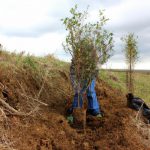
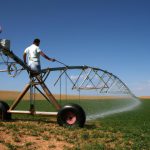
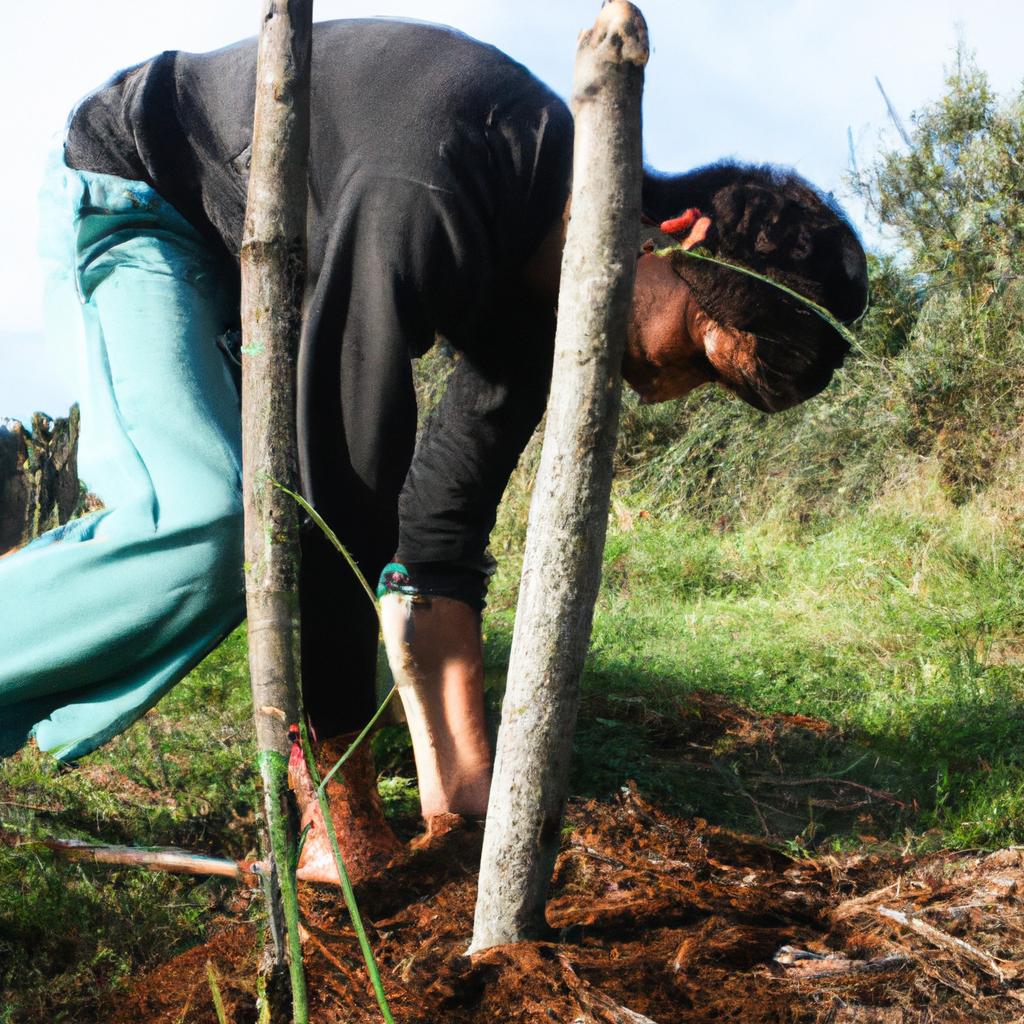
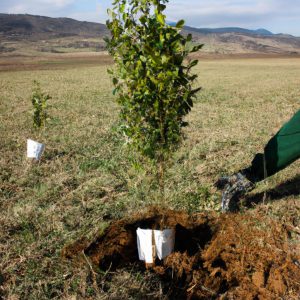
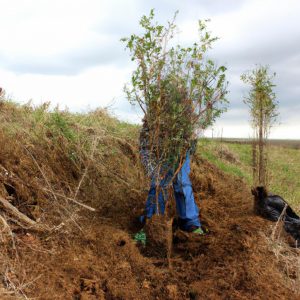
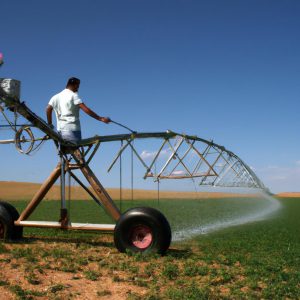
More Stories
Agroforestry: Enhancing Sustainable Agriculture through Synergistic Forest Integration
Silvopasture: Agroforestry and Forestry for Sustainable Agriculture
Agroforestry Systems in Agriculture and Forestry: The Power of Integration